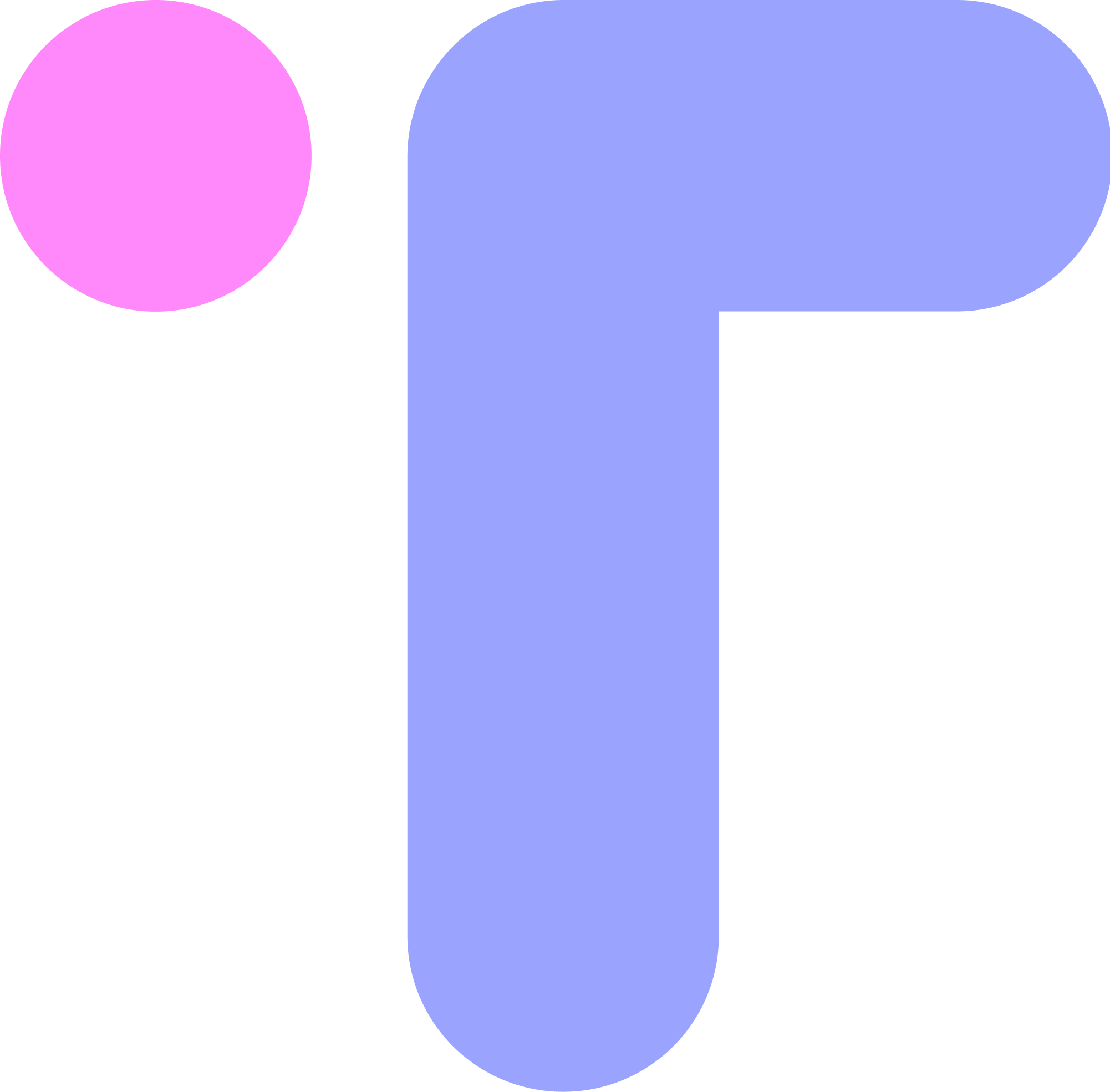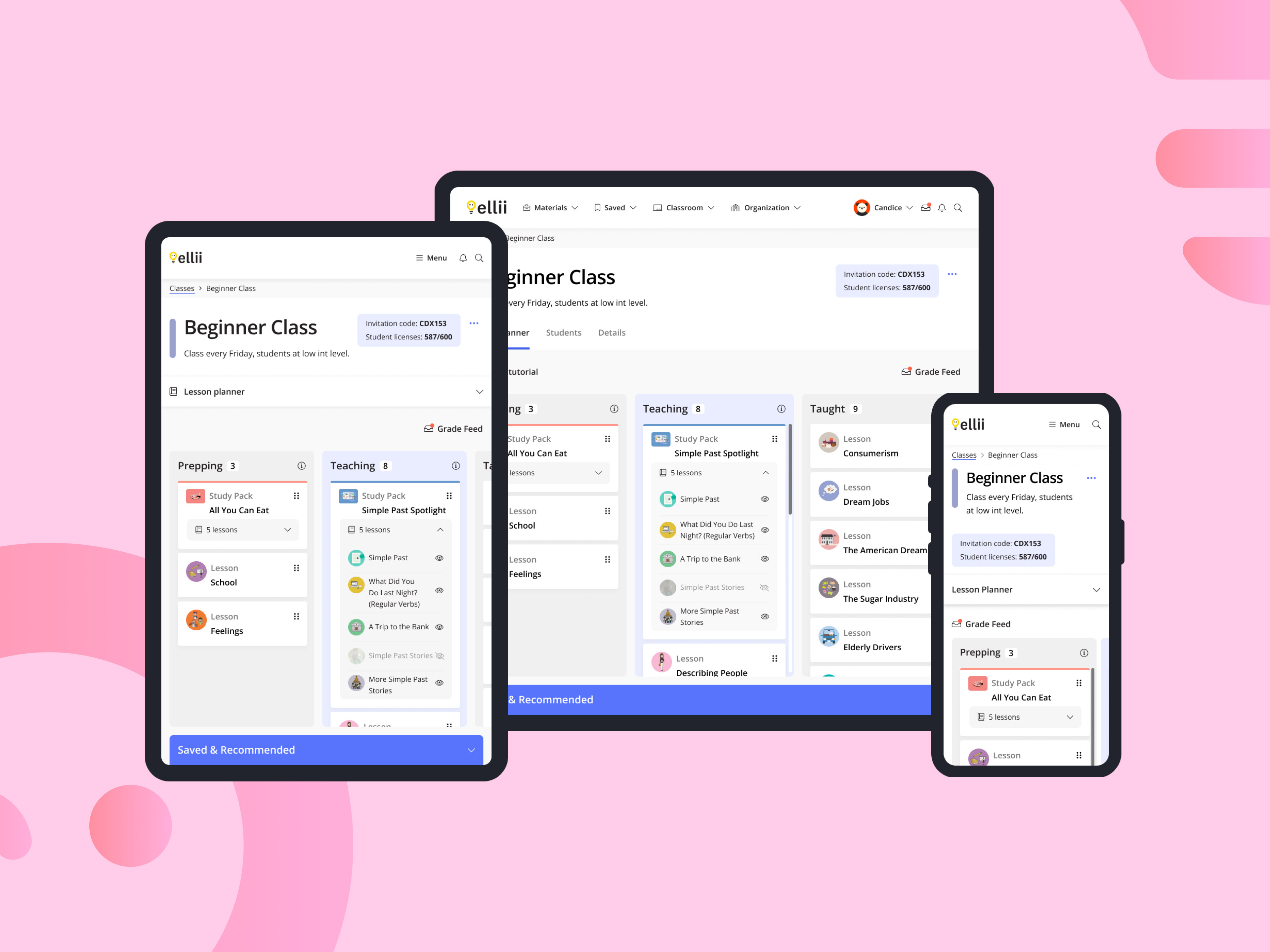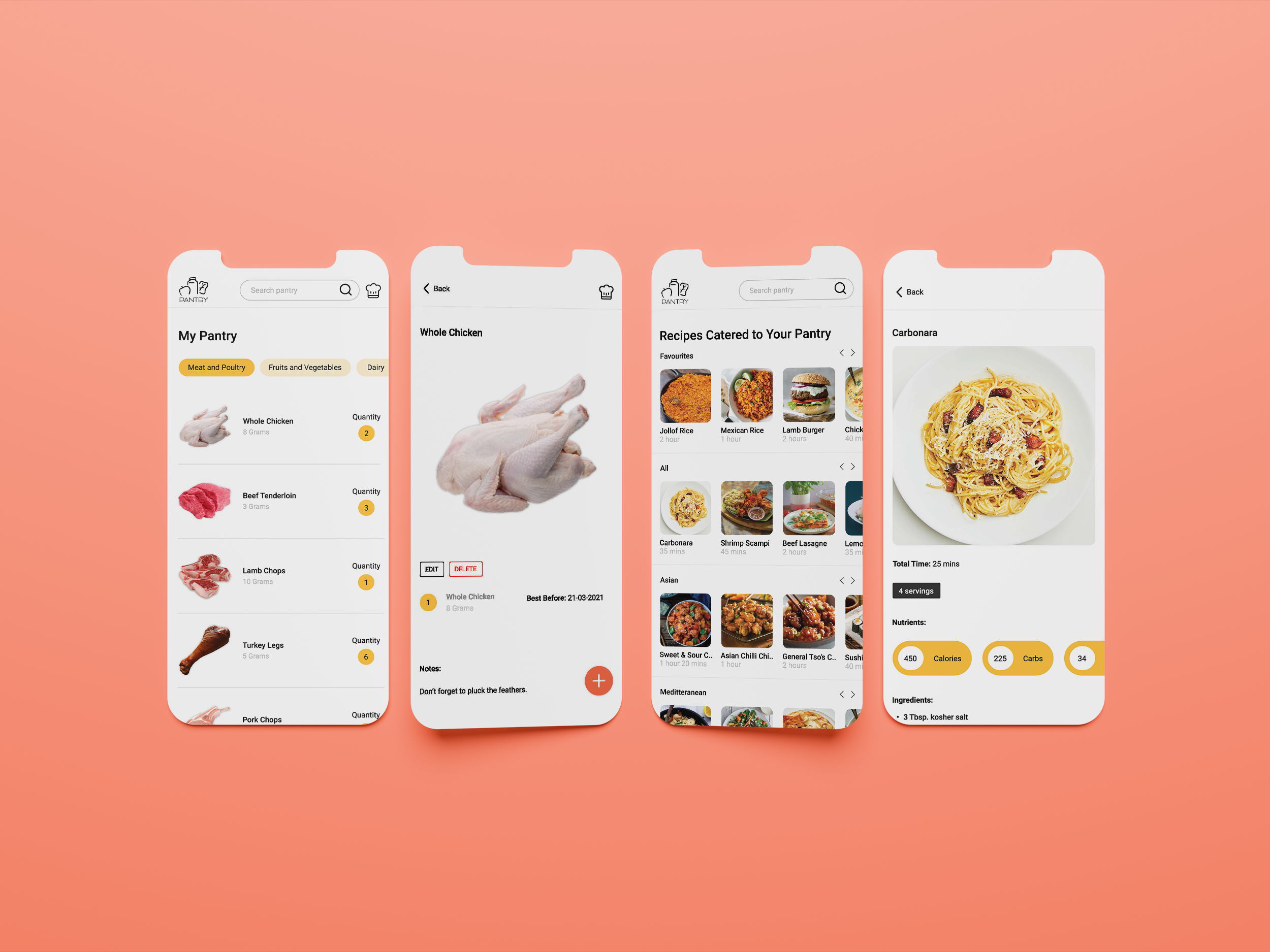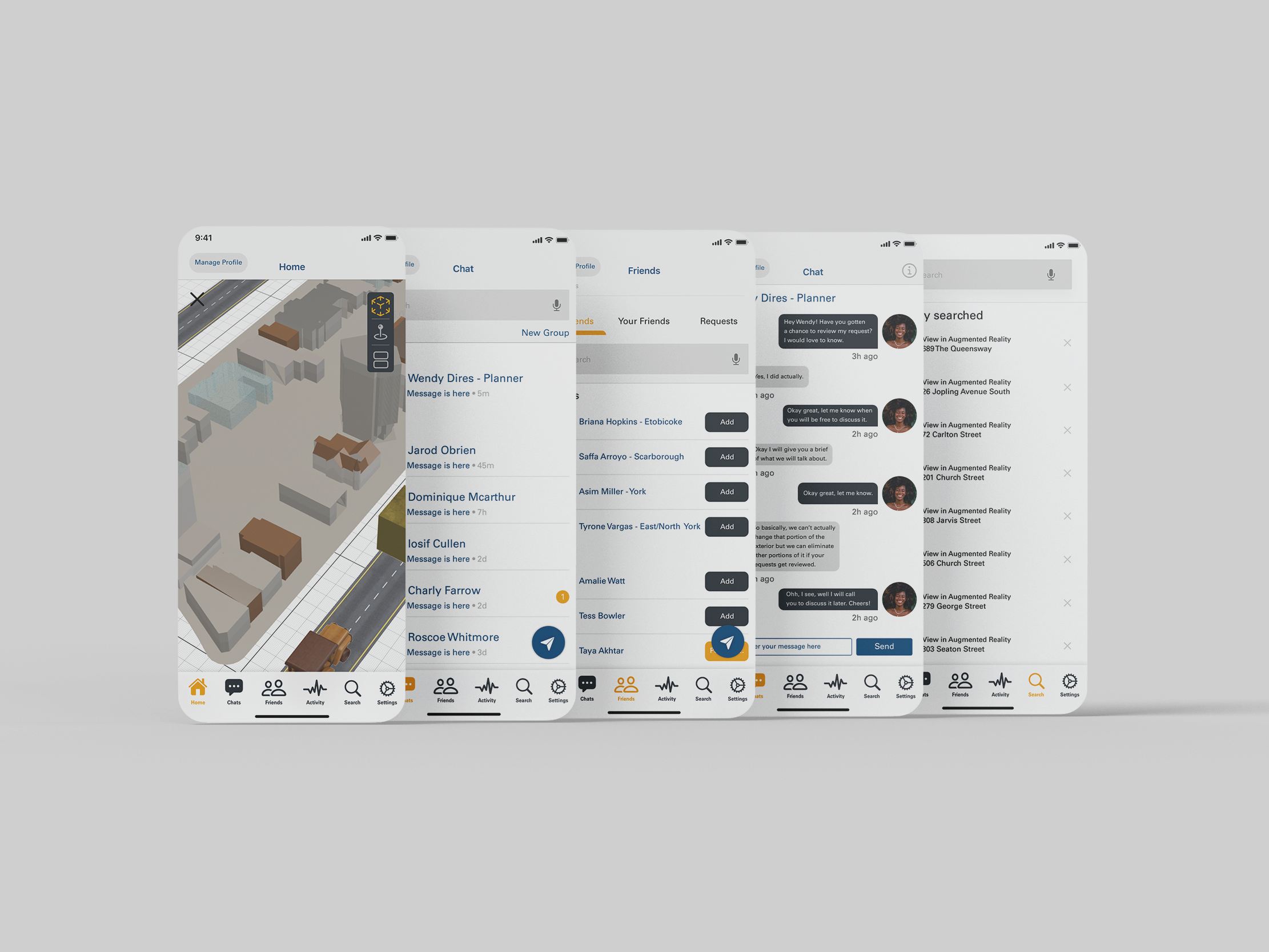FindFun App Design
Tools Used
Figma, Adobe Illustrator, & SF Symbols
My Roles
User Experience Designer, User Interface Designer, & User Researcher
Timeline
June 2023 - Ongoing
Industry
Events & Networking
The birth of FindFun (backstory)
Ever been to an event where connections felt electric, only to fade as quickly as they sparked? In the heart of vibrant San Francisco, a visionary CEO dreamed up FindFun, a concept primed to transform how we experience events. It wasn't just about attending; it was about effortlessly connecting with fellow event-goers, sharing experiences, and expanding networks through personalized gatherings. Imagine the excitement of forming lasting connections that extend far beyond the event dates.
The problem is...
Connections made at events often vanish once the excitement diminishes.
I remember a tech conference in Toronto vividly, meeting fascinating folks, sharing stories, and feeling like I'd found my tribe. But as the event ended, so did the connections, like fireworks fizzling into the night. It's a dilemma faced not just in Toronto, but everywhere.
That leads us to the solution...
It's to bridge the gap between fleeting connections and lasting friendships.
That's where our solution comes in. We're crafting an app designed to keep those event sparks alive, ensuring connections don't fizzle into the night. With personalized recommendations and interactive features, we're adding a little extra sparkle to your life, making sure every interaction counts.
Let's explore the why through research
Conducting a competitive analysis will help with this.
Our aim is to uncover what makes FindFun special. This insight helps us refine our approach, making sure FindFun shines brightly in the market and meets users' needs. By checking out where competitors might lack certain features or functionalities, we can find ways to step up and provide an even better networking experience.
Below are a few key points taken from the synthesized data for your ease.
Diving into the minds of event app users through empathy mapping provided invaluable insights.
With 8 key findings, we meticulously analyzed their thoughts and emotions. This deep understanding inspired us to move forward with a clearer vision, dedicated to enhancing FindFun's user experience.
Information architecture shapes FindFun's core, making sure every click and connection feels effortless.
A great product should always have a design system and FindFun is no different.
Our design system brought consistency and coherence to our product which also made the development process less of a hassle.
Most of us find it easier to grasp ideas visually, don't we?
That's where storyboarding comes in handy.
Check out these storyboards; they string together the journey, showing what it'd look like if users seamlessly navigate FindFun to discover events, connect with others, and share those unforgettable moments.
With storyboarding, it's easy to visualize how a user would go about interacting with any app.
SCENARIO 1: YOU HAVE THE DESIRE TO EXPAND YOUR NETWORK
SCENARIO 2: POSTING ABOUT AN EVENT
SCENARIO 3: RECORDING A STORY AT A FUN EVENT
Now, let's dive into the heart of our designs.
Here lie the digital wireframes, offering a visual glimpse into the app's potential, with minimal color or images. Here, we explore various concepts before finalizing designs, embracing the freedom to experiment along the way.
After carefully refining multiple mockup iterations, I've now reached the final high-fidelity mockup.
Let's dive into each feature, exploring their details and functions.
The onboarding process offers a glimpse into FindFun's features, allowing users to log in, sign up, and specify their preferred genres.
On the home feed, you can keep up with notifications, search and filter events to suit your interests, and share your thoughts and events with your community.
On the overview page, hosts can seamlessly manage their event, from reviewing RSVPs to adding hosts, special guests, and event managers, or deleting the event if necessary.
The Guests section enables hosts to track attendee status, including payments and approvals.
Lastly, in Registration, hosts can create custom tickets and ask attendees relevant questions to enhance the event experience all within one app, eliminating the need for additional downloads to adjust event details.
The Guests section enables hosts to track attendee status, including payments and approvals.
Lastly, in Registration, hosts can create custom tickets and ask attendees relevant questions to enhance the event experience all within one app, eliminating the need for additional downloads to adjust event details.
In the event messaging feature, you can communicate with fellow attendees to coordinate plans and share excitement seamlessly.
Pin important messages within these chats for easy reference and organization. Plus, access your ticket section to view both upcoming and past events, ensuring clarity and avoiding confusion in your event schedule.
Pin important messages within these chats for easy reference and organization. Plus, access your ticket section to view both upcoming and past events, ensuring clarity and avoiding confusion in your event schedule.
The profile page is the central hub where you can conveniently access other users posted content.
Posting stories helps to easily document your event experiences. With the option to toggle visibility, users can choose whether to showcase their adventures to others and even tag the event they're attending for added context. Keep your friends and followers updated with real-time glimpses into the exciting moments you're enjoying.
We've covered the features; now, let's delve into the design decisions and challenges
While I've touched on our process of exploring various concepts before finalizing designs in the wireframing stage, it's important to note that this flexibility extends into the final stages as well.
So, this is where we delve into what didn't quite hit the mark during the app design process.
Now you'll get the scoop on what really worked and why, giving us some valuable insights into effective design strategies that knocked it out of the park.
One of the big challenges I faced was...
Incorporating payment options like Venmo, PayPal, and Cash App into our app posed a challenge: ensuring that users actually pay hosts for their tickets. To address this, we opted for a manual approval process rather than automatic approval.
When users purchase tickets for paid events, their status remains "pending" until the host manually approves them. This way, hosts have control over managing their guests and can change their status to "Approved" once payment is confirmed.
However, for free events, there's no need for approval unless the host chooses to toggle on this feature when creating the ticket. This approach maintains transparency and trust, ensuring that hosts receive payment for their events while also allowing for flexibility in managing guest lists.
So how have we solved the problem?
At FindFun, we've meticulously designed a range of sophisticated features to ensure those connections endure, effectively addressing the core of the problem. Imagine being able to effortlessly share your event experiences on the Home Feed, seamlessly manage your event logistics with the Overview Page, and efficiently track guest activity and registrations. With features like Event Messaging for seamless communication, a Profile Page for ongoing engagement, and Posting Stories for capturing memorable moments, FindFun provides a comprehensive solution.
Once the app is up and running, I'll keep a close eye on how it's doing through key performance indicators (KPI's).
Below, I've laid out 10 KPIs I'll be looking at to see how the app is performing. These numbers will also help us figure out any potential changes we can make to enhance the app.
Reflecting on this project is just the start of something bigger.
There's a whole world of possibilities waiting for me ahead. As I dig into what worked, what I can do better, and what I would do differently, it's clear that the journey's far from over. There's a lot more excitement and growth waiting for me ahead!
What did I learn?
• Designing for Apple is a challenge. It's about balancing tradition and innovation while ensuring ease of use.
• Getting everything just right with payment platforms like Stripe can feel like navigating through a maze when it comes to design.
What can I improve on?
I'd enhance my exploration of new interaction design patterns to create a more engaging user experience. Additionally, I'd boost efficiency by spotting and streamlining any tricky processes or workflows earlier in the design phase.
What would I do differently next time?
• I would get more insight into users thoughts.
• Identified any inefficient processes or workflows earlier on in the design process.
Anticipating what's to come
• Collect key performance indicators (KPIs) to enhance the app and acquire deeper insights.
• Keep collaborating with the development team to streamline the process further.
• Continue refining the app based on the feedback received after its launch.
• Develop a V2 of the app, incorporating highly requested features.
• Market the app to potential users.
• Test the design with users before build and App Store launch.



